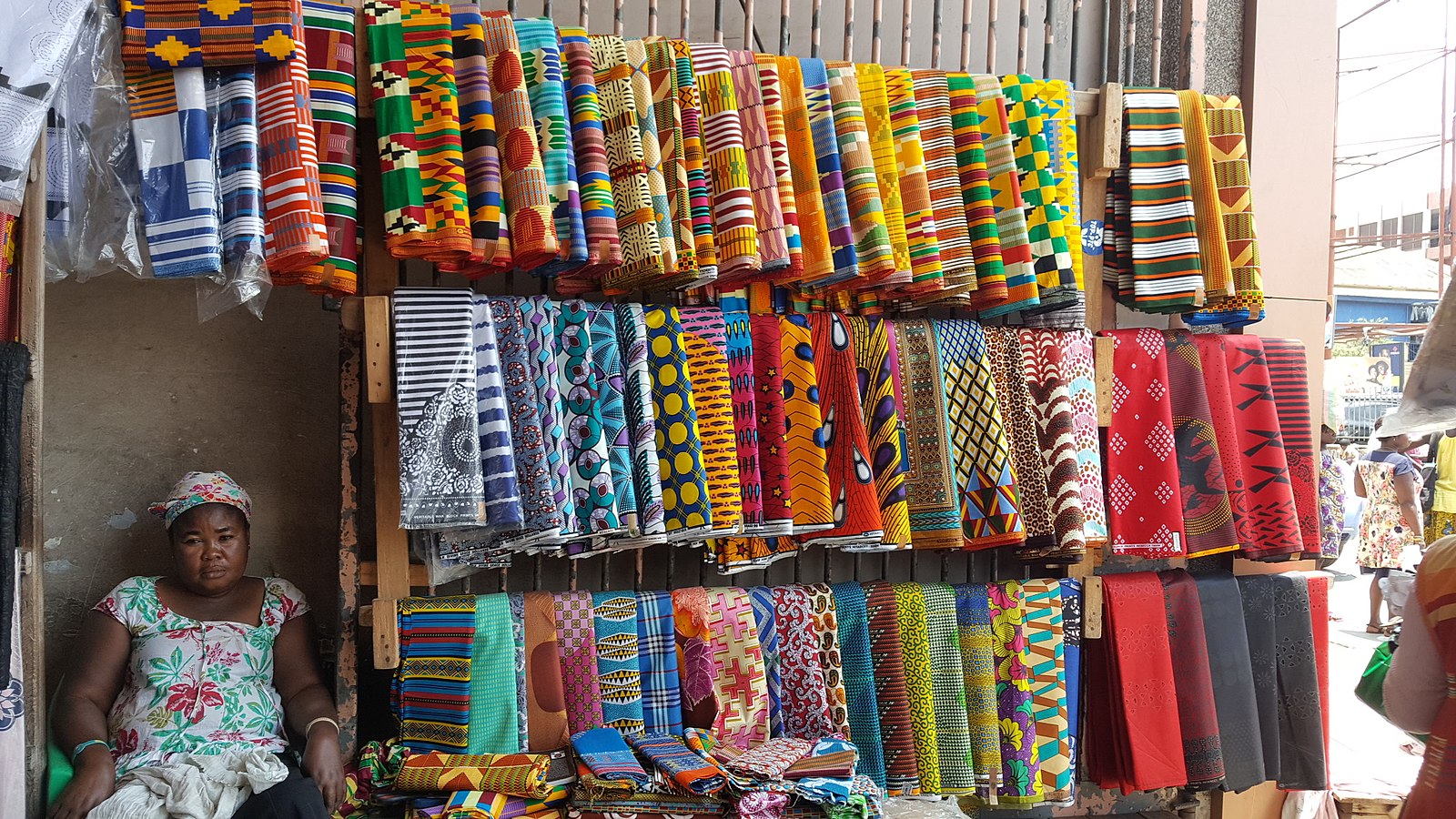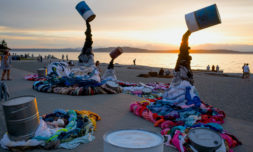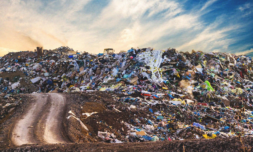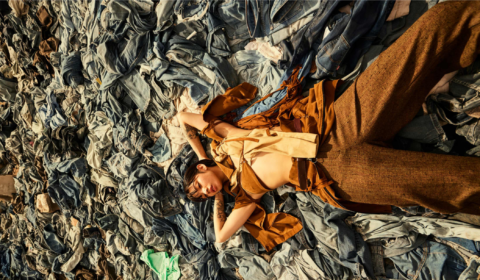Every year, millions of tons of unwanted garments are shipped around the world as part of the second hand clothing trade, ending up on landfill sites in Ghana, Pakistan, and Chile. In an effort to mitigate this pollution problem, entrepreneurs from these countries are getting creative.
The planet is, quite literally, drowning in clothes. Though recycling programmes have existed for decades now, of the 100 billion garments bought annually, 92 million tonnes of them get thrown out.
By just 2030, that figure is expected to increase by over forty million. Production continues to surge, doubling between 2000 and 2014. The average consumer also purchases 60% more clothes annually and keeps them for half as long as they did 15 years ago.
It’s an environmental and social disaster that shows no signs of abating – despite Cop27 and the latest IPCC report urging the industry to change its ways – due to the US’, China’s, and Great Britain’s insatiable appetite for exporting used material to keep up with ever-evolving trends.
These countries aren’t the ones paying the price, however, because every year, millions of tons of unwanted garments are shipped around the world as part of the second hand clothing trade, ending up on landfill sites in Ghana, Pakistan, and Chile.
Overwhelmed with these swiftly swelling graveyards of fast fashion lines past (most of which is in poor condition and cannot be resold), as well as their own surplus, the Global South is in the midst of a textile waste crisis that’s being exacerbated daily by the world’s most powerful economies.
And while the European Commission recently proposed new rules to hold retailers accountable for the life cycle of their products, many deem the suggested structure nowhere near sufficient enough to mitigate a pollution problem of this scale.
As a result, entrepreneurs in the Global South are taking matters into their own hands and getting creative. They’re doing so by collecting scraps destined for dumping and transforming them into different items entirely.
‘We have collected more than 2,000kg of textile waste and made more than 5,000 pairs of shoes out of it since we began in 2017,’ Kwabena Obiri Yeboah, founder of KoliKoWear, Ghana, tells the Guardian.




















